Investigators have recovered the black boxes from the midair collision near Reagan National Airport, which could provide crucial insights into the tragedy. New findings also reveal that something was “not normal” about the day of the crash that claimed 67 lives.
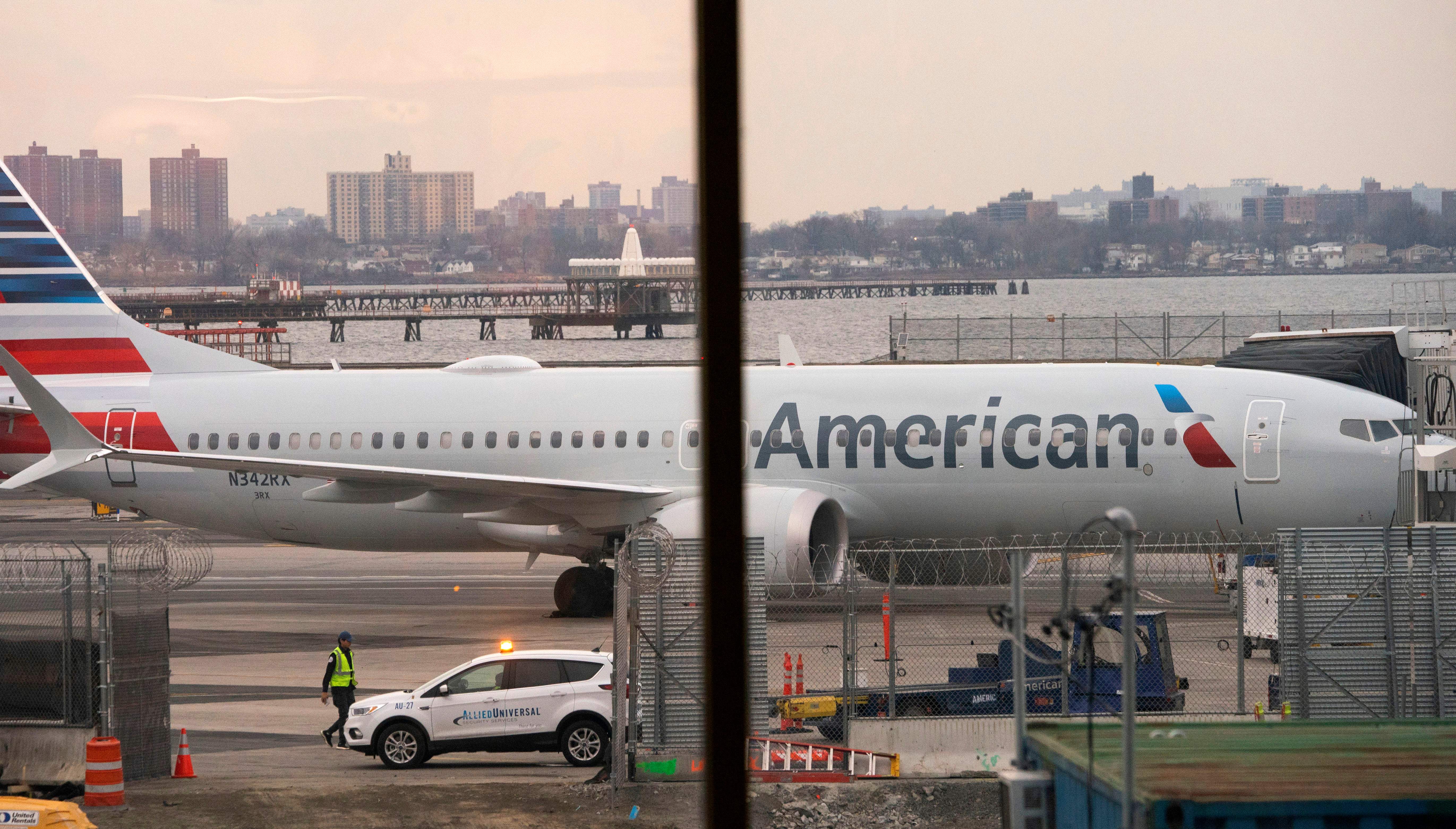
The cockpit voice recorder and flight data recorder, commonly known as black boxes, have been recovered, offering crucial insight into the moments before impact.
The collision occurred at approximately 9 p.m. local time on Wednesday when a PSA Airlines Bombardier CRJ700, operating as American Airlines Flight 5342, collided with a U.S. Army Black Hawk helicopter over the Potomac River.
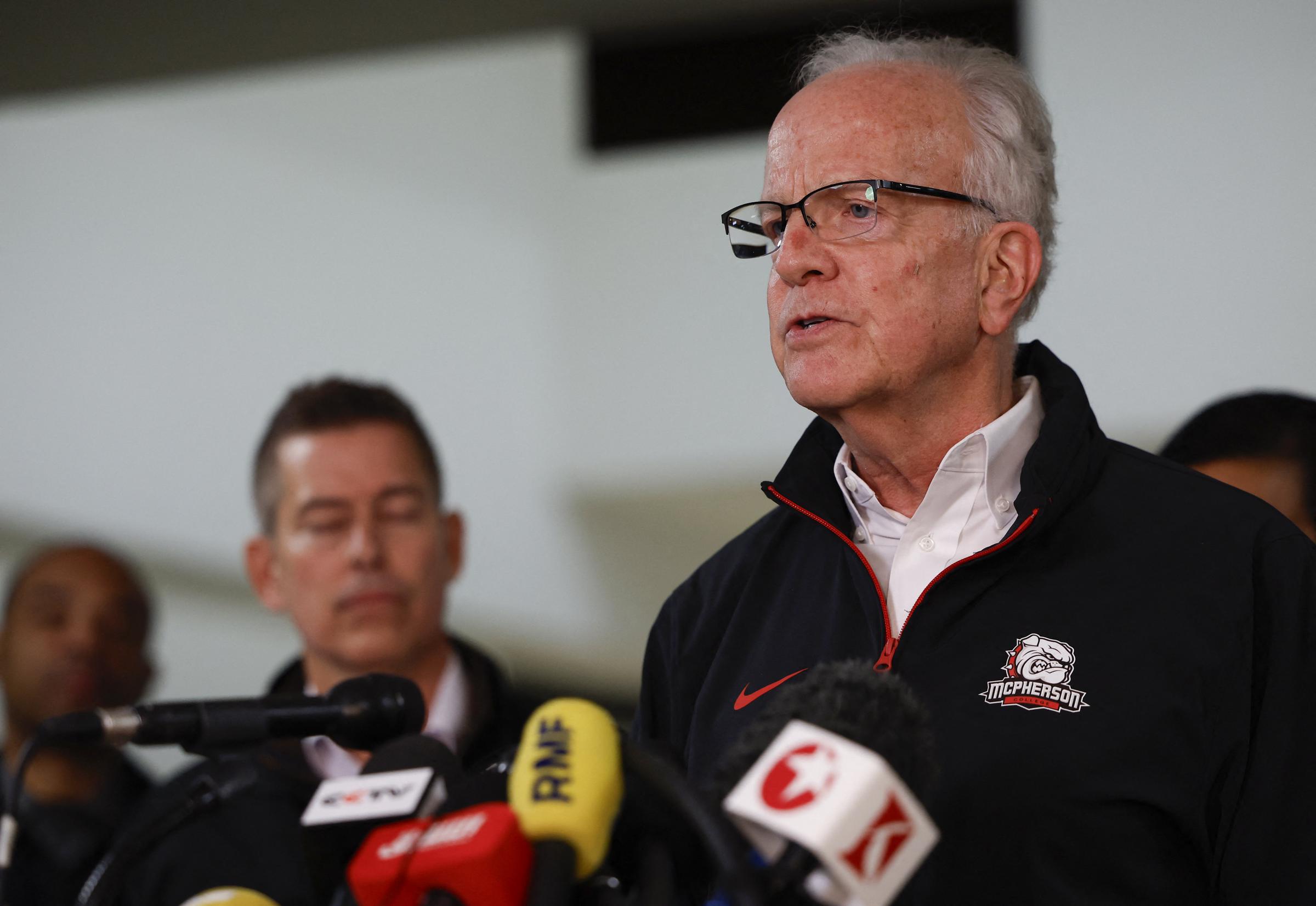
Upon impact, both aircraft plunged into the icy waters, with the plane breaking into multiple pieces and the helicopter overturning before sinking.
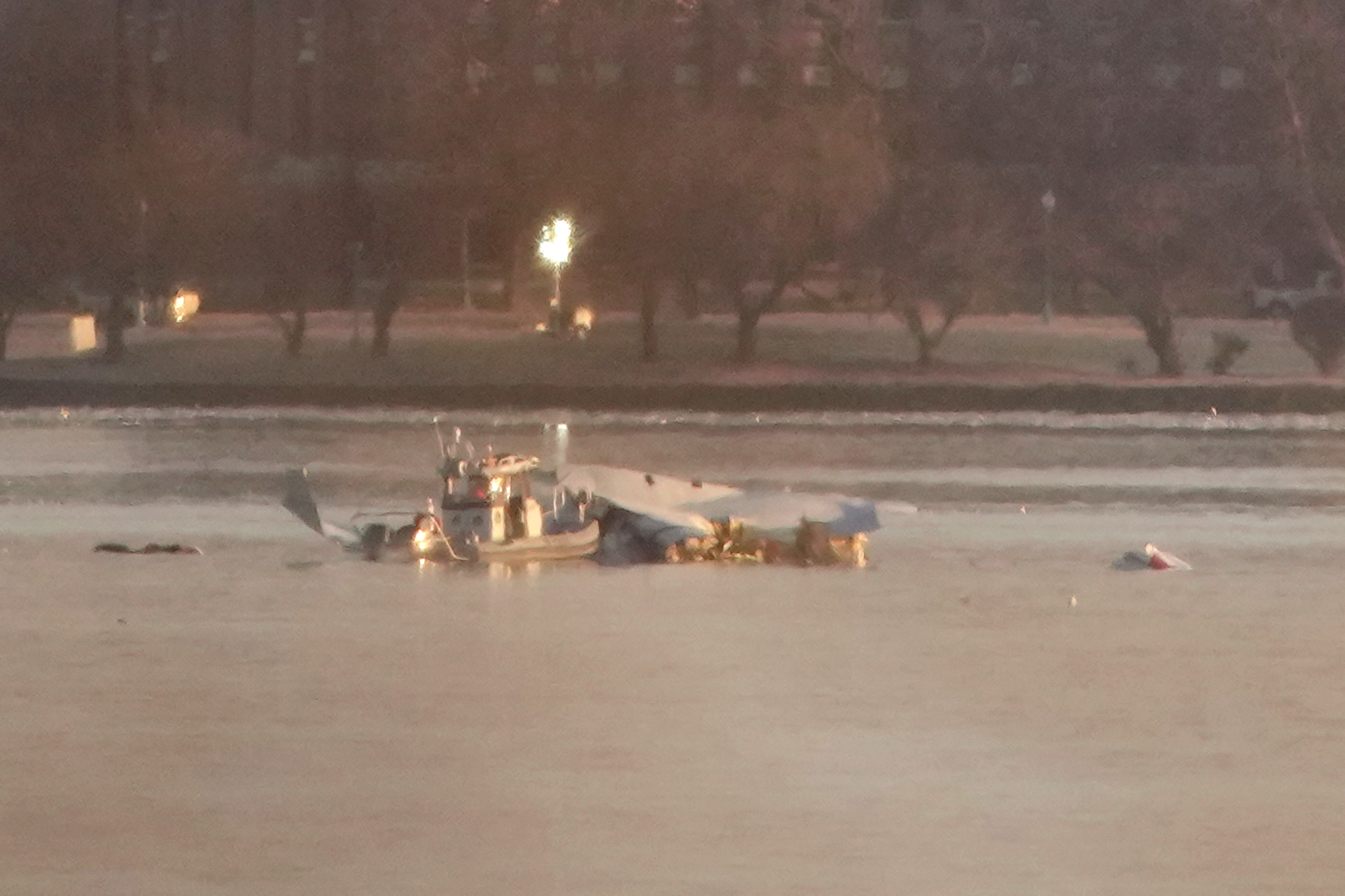
Investigators located the black boxes late Thursday night and transported them to a National Transportation Safety Board lab for analysis.
While the NTSB continues its investigation, with a preliminary report expected to be released in 30 days, concerns about air traffic control staffing at Reagan National have surfaced.
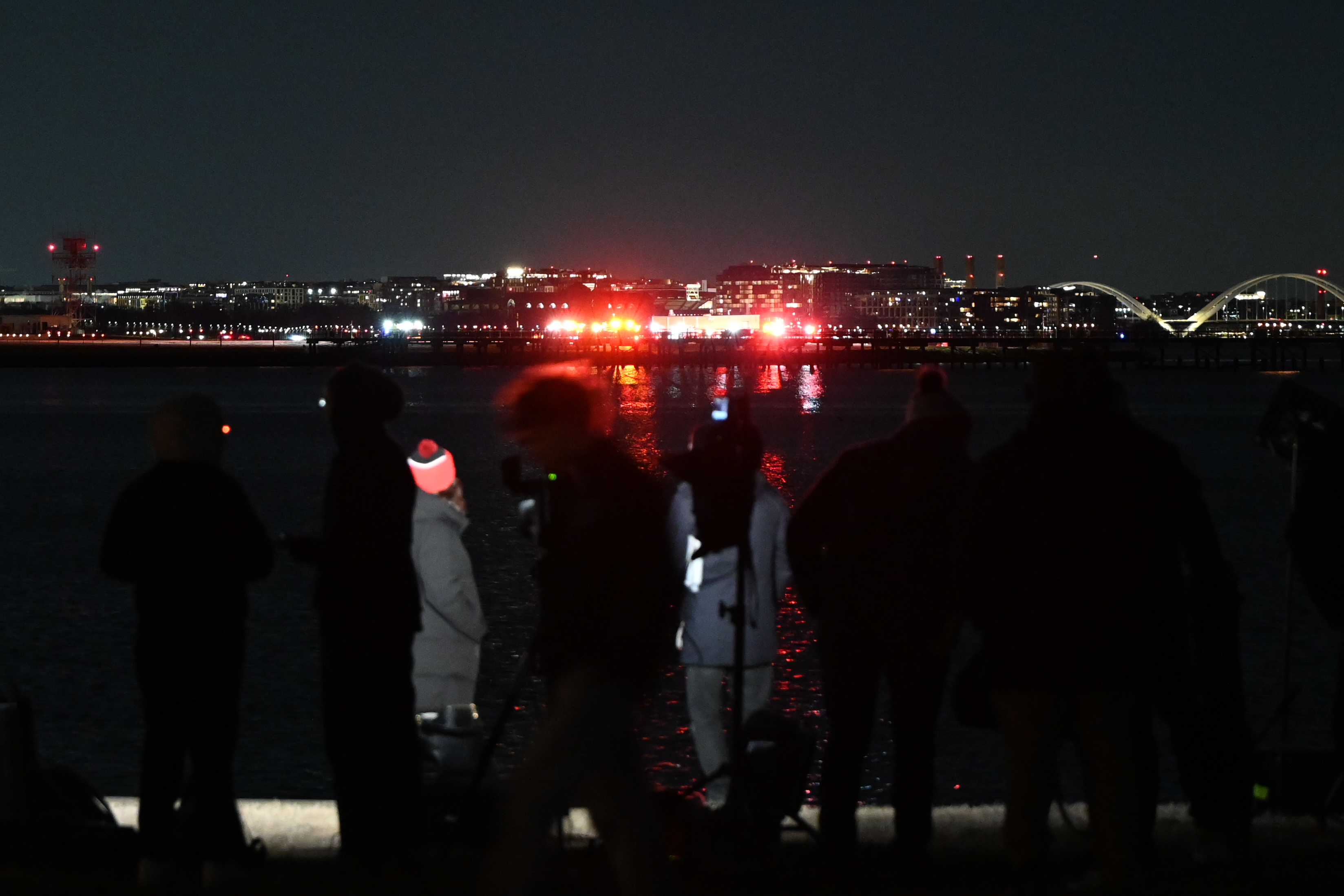
Normally, two controllers manage air traffic in the highly controlled airspace — one dedicated to helicopters and another for fixed-wing aircraft. However, according to reports, on the night of the crash, a single controller handled both roles.
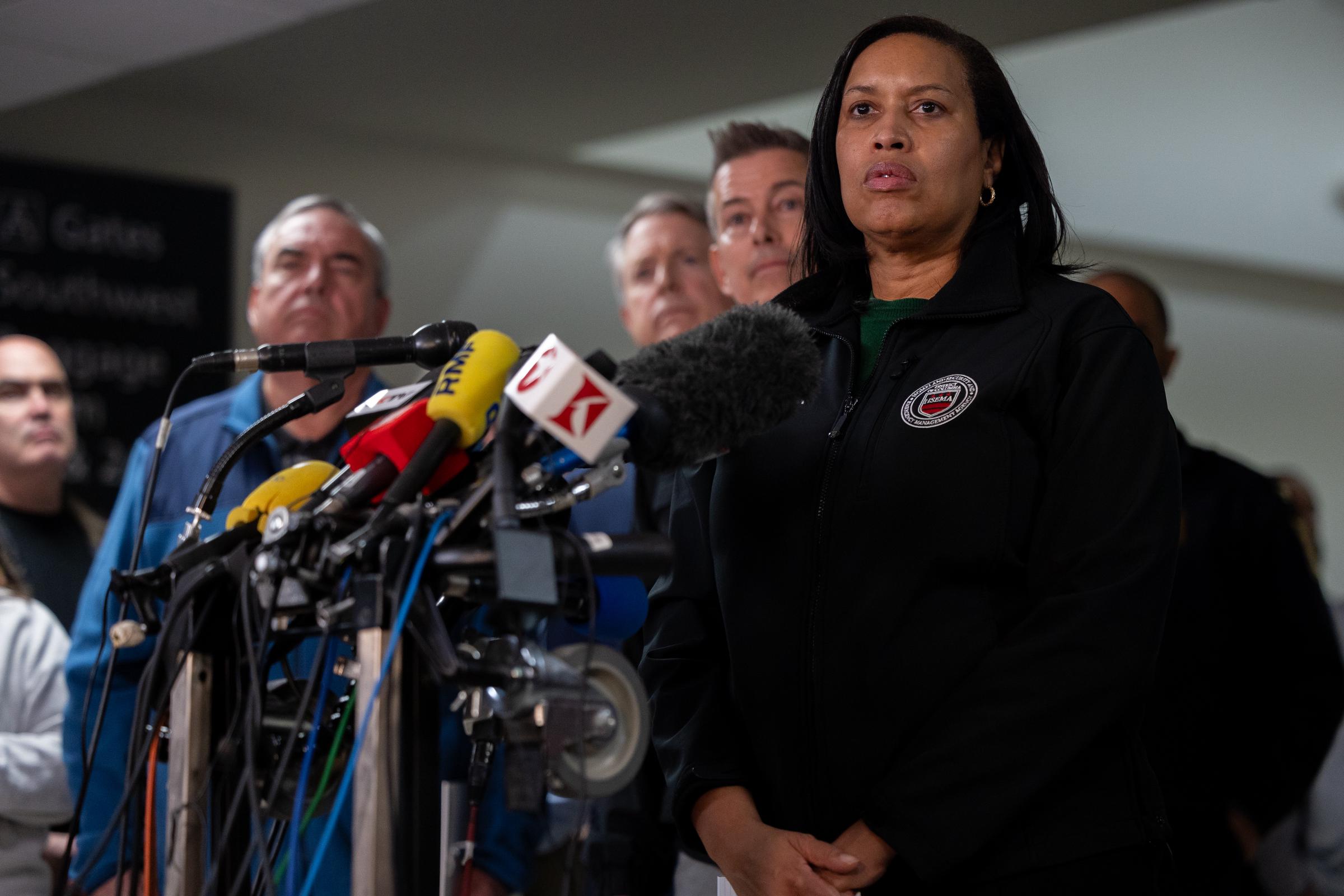
The controller was responsible for managing helicopters flying below 200 feet along the Potomac’s east edge, while simultaneously instructing commercial jets arriving and departing from the airport’s runways.
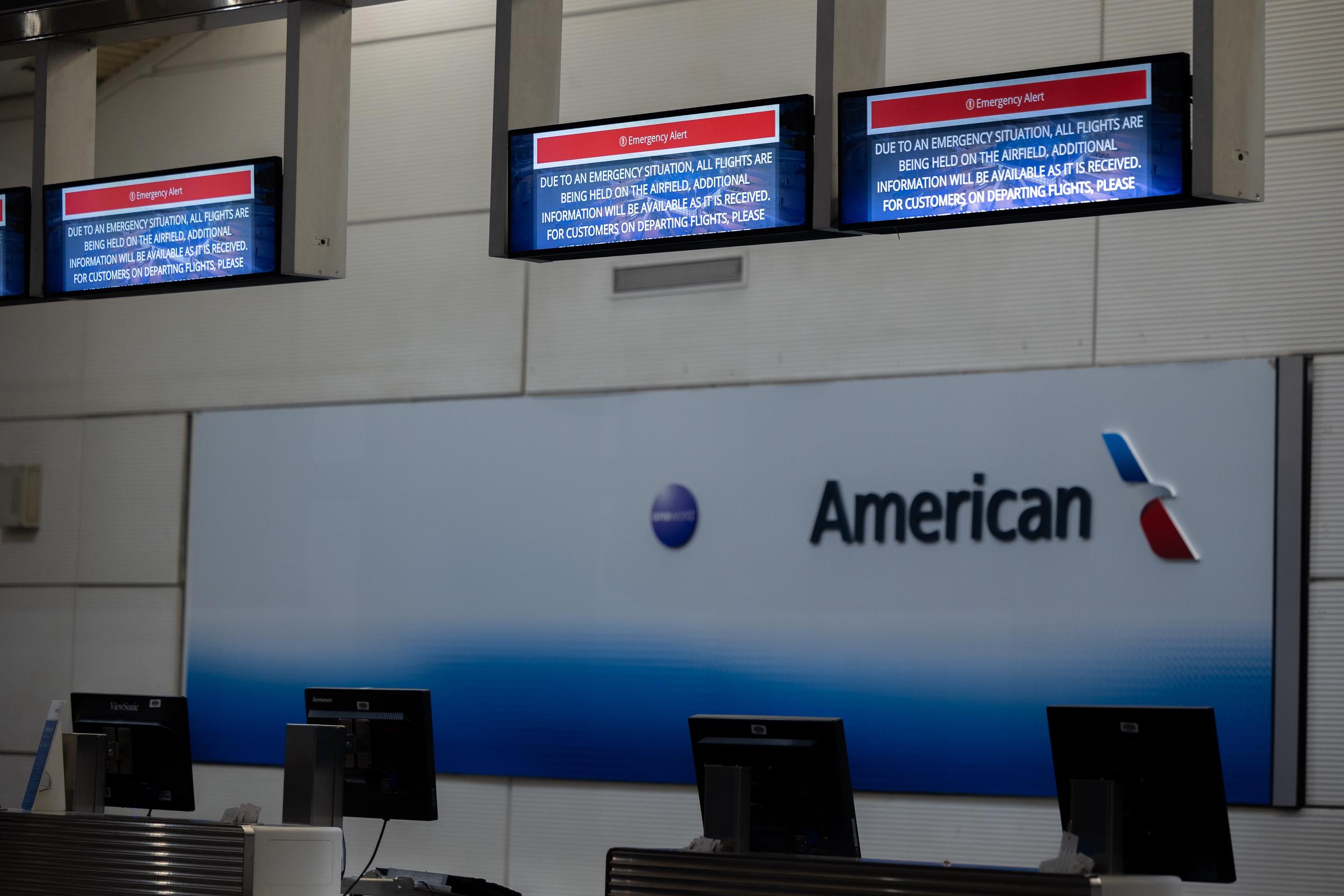
This increases the workload for the air traffic controller and can complicate the job. One reason is that controllers use different radio frequencies to communicate with pilots flying planes and pilots flying helicopters.
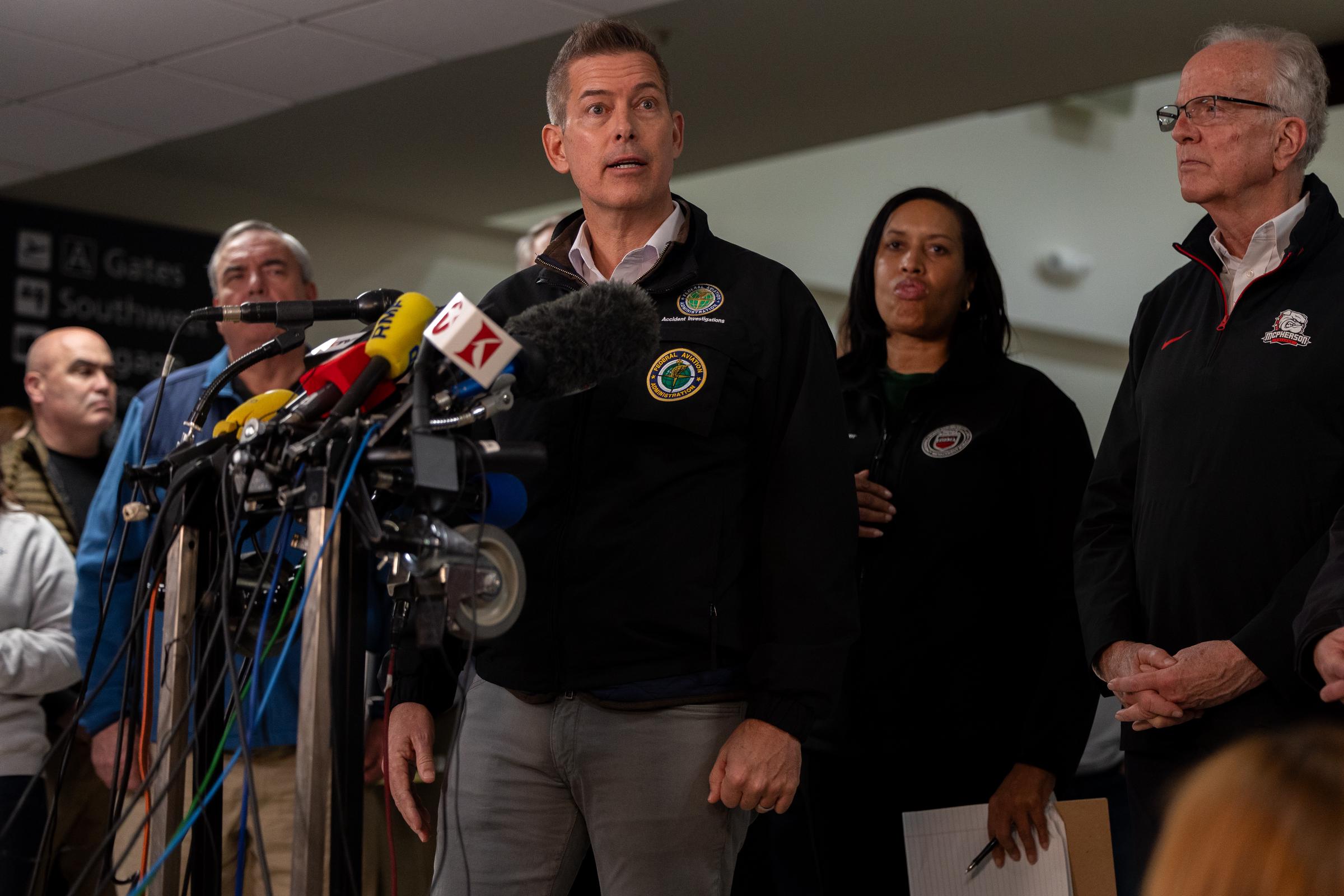
While the controller is communicating with both pilots of the helicopter and the jet, the two sets of pilots may not be able to hear each other. Like most of the country’s air traffic control facilities, the tower at Reagan National has been understaffed for years.
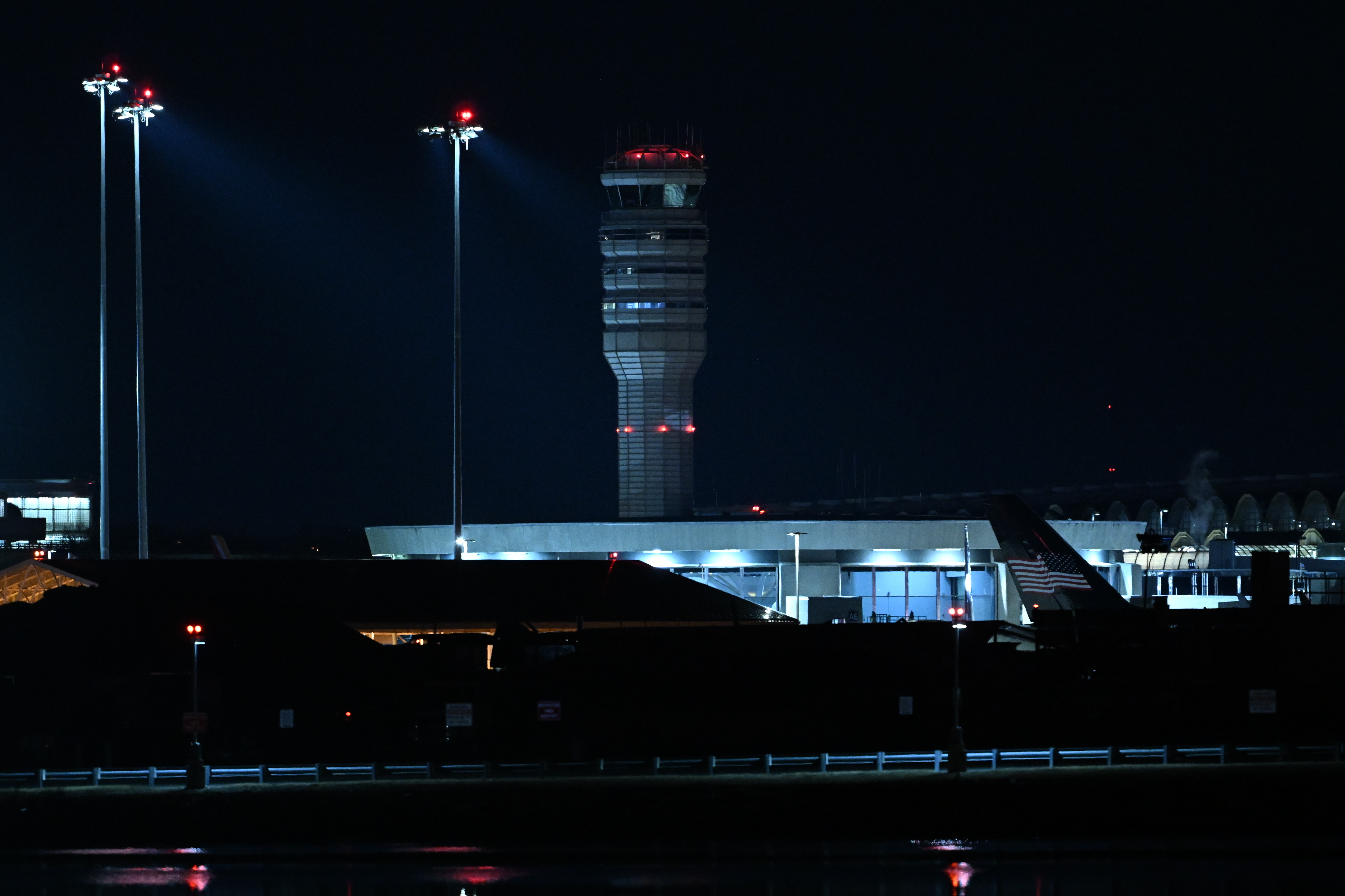
The tower was nearly a third below targeted staff levels, with 19 fully certified controllers as of September 2023, according to the most recent Air Traffic Controller Workforce Plan, an annual report to Congress that contains target and actual staffing levels.
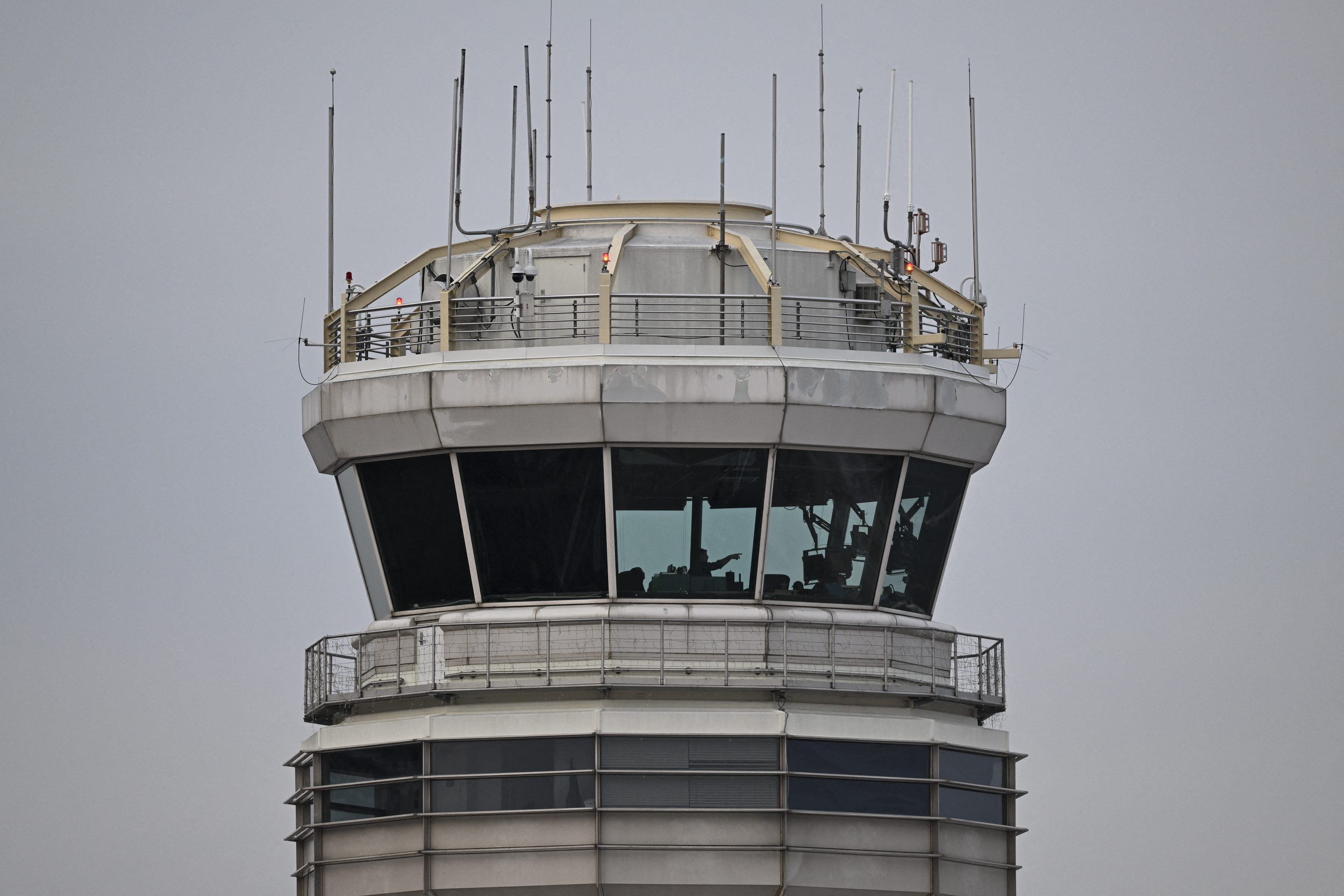
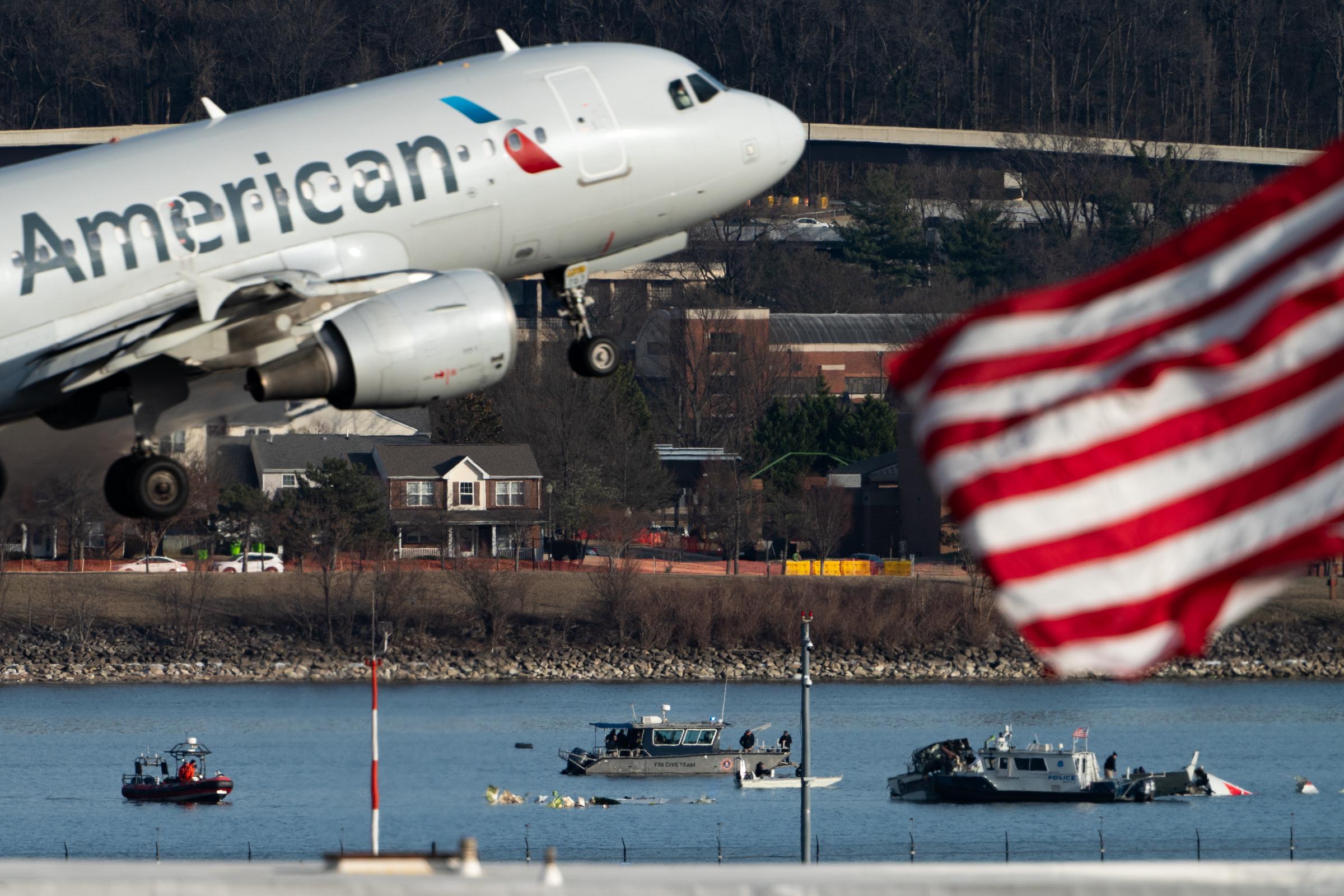
An American Airlines plane taking off from Reagan National Airport in front of wreckage from a crash involving an American Eagle plane and helicopter over the Potomac River on January 29, 2025. | Source: Getty Images
The federal government has struggled for years to fill certain key positions at the FAA. The type of staffing that had one air traffic control worker managing both the helicopters and planes at the Reagan Washington National Airport on Wednesday night is reportedly not uncommon and did not breach guidelines.
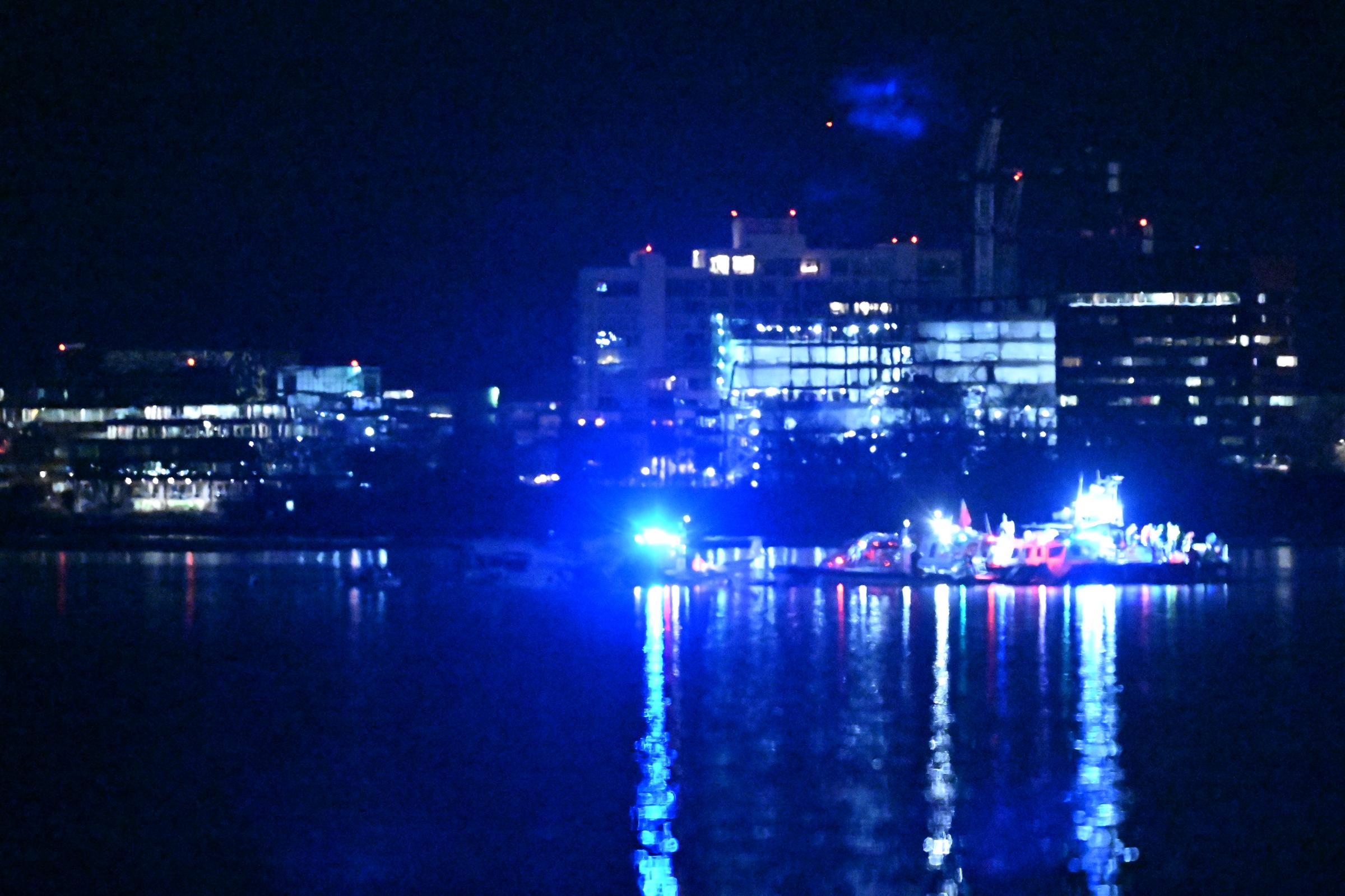
A view of the American Airlines plane in the water after it collided in midair with a military helicopter and crashed into the Potomac River in Washington, D.C., on January 30, 2025. | Source: Getty Images
This is intended to keep them clear of plane traffic and provide air traffic controllers with a clear understanding of their location and trajectory.
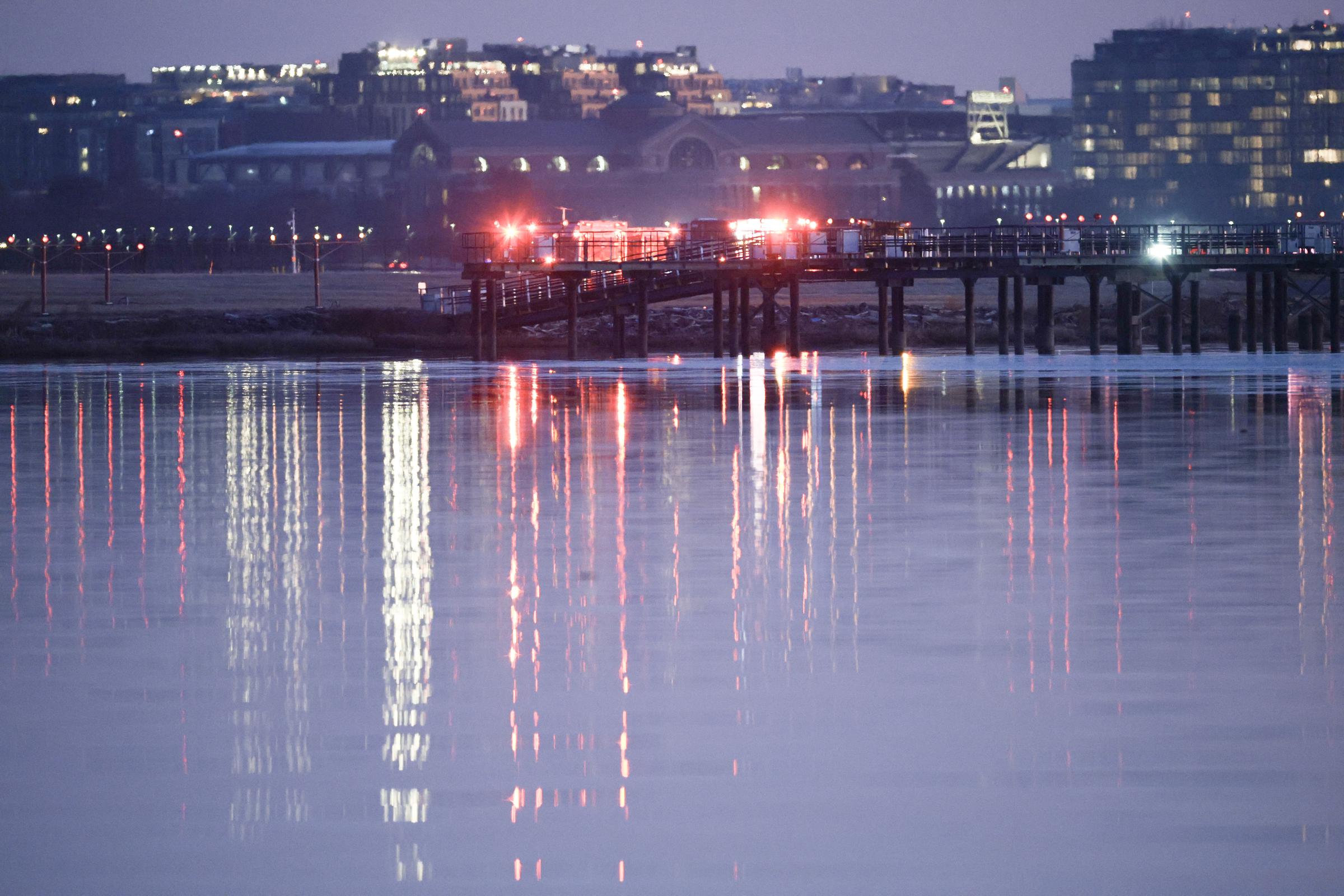
Emergency response units assembled at Ronald Reagan Washington Airport on January 30, 2025. | Source: Getty Images
According to reports, between 2017 and 2019, an average of about 80 helicopter flights passed within 30 miles of Reagan National each day, with military helicopters making up more than a third and medical helicopters accounting for about a fifth.
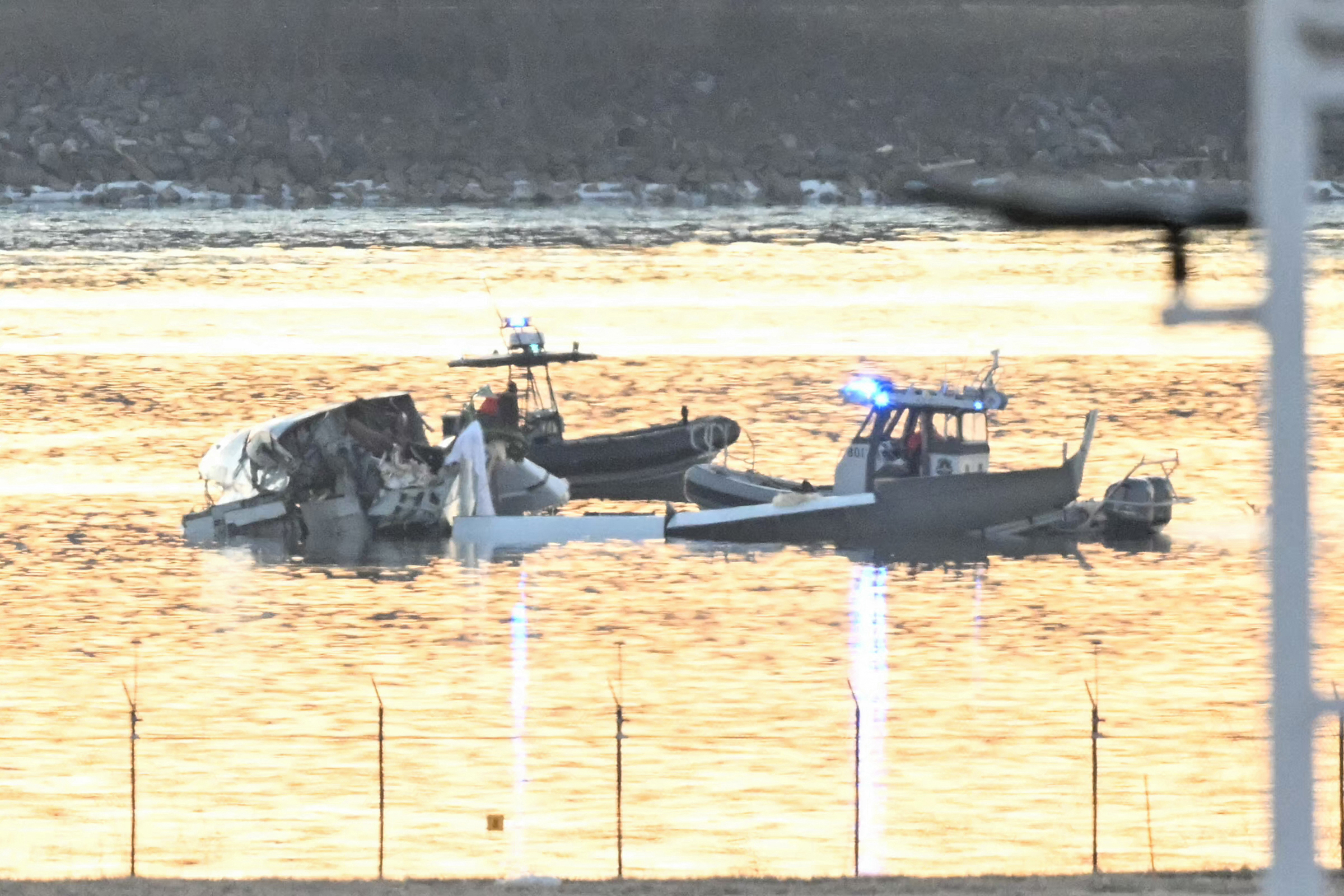
Other flights included those for law enforcement, news media, tourism, and charter services. The airport itself manages approximately 800 flights daily across its three runways, with most aircraft using its longest runway.
On the day of the crash, an air traffic controller checked in with the Black Hawk’s pilots, asking if they could see the American Airlines flight arriving from Wichita.
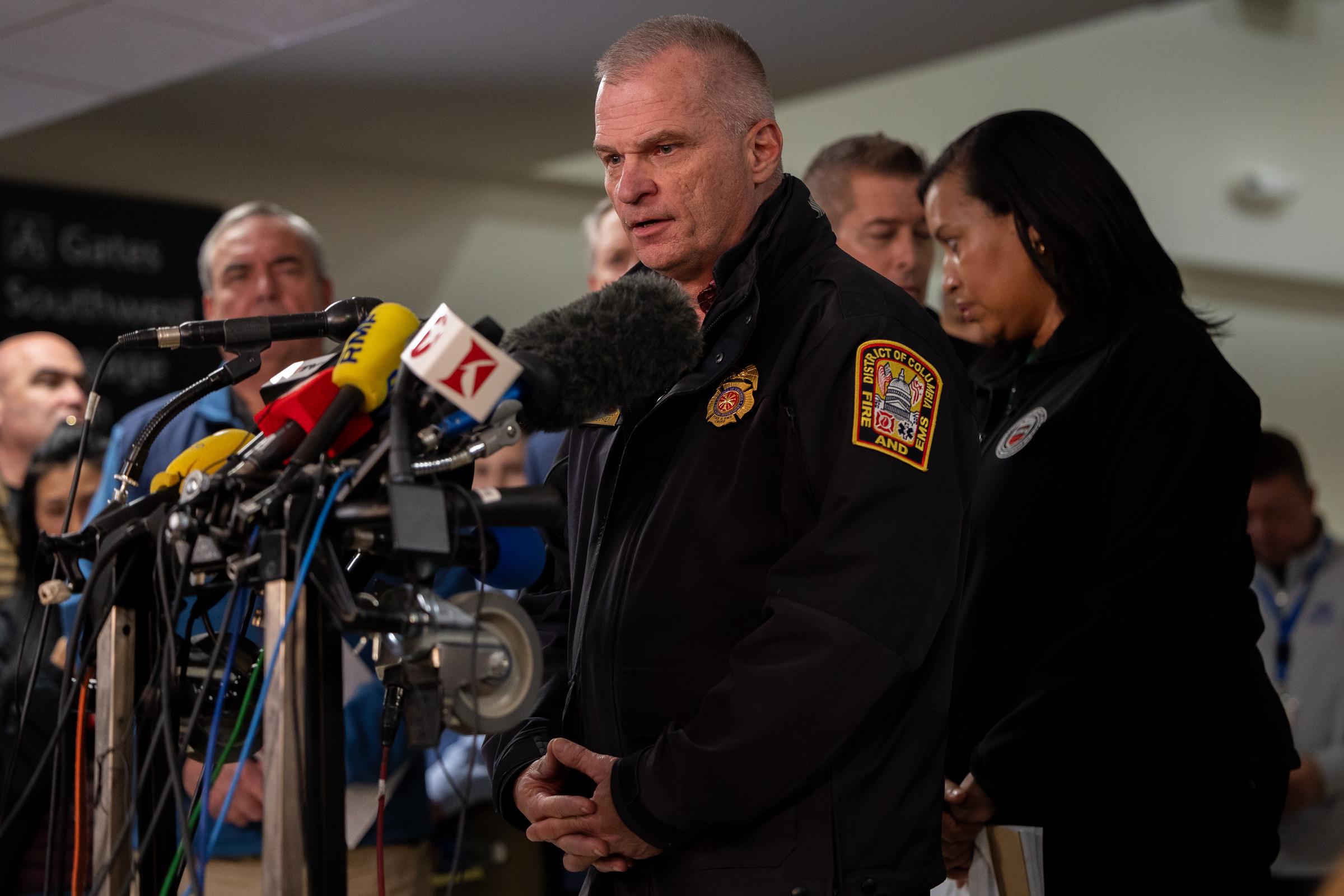
DC Fire and EMS Chief John Donnelly speaking at a press conference with other government officials on the rescue efforts following a collision between an American Airlines plane and an Army helicopter in Washington, D.C., on January 30, 2025. | Source: Getty Images
“Normally, it’s no big deal. It’s like a traffic intersection. It’s routine. Everyone’s in the system, everyone’s talking,” said David Wartofsky, who owns the private Potomac Airport less than ten miles from Reagan National.
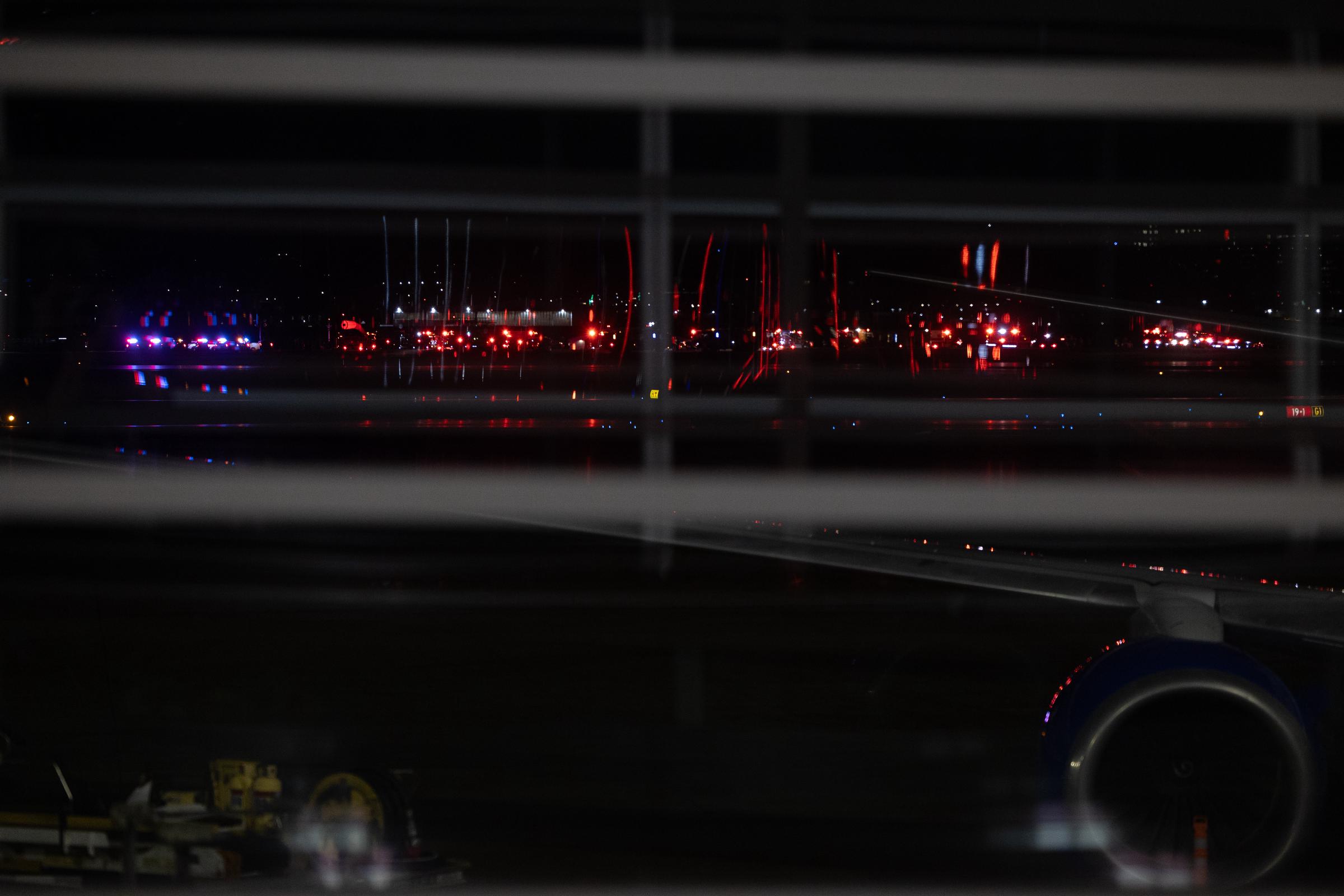
A view of emergency response vehicles at Ronald Reagan National Airport following a collision between an American Airlines flight and an Army helicopter in Washington, D.C., on January 30, 2025. | Source: Getty Images
When weather conditions are clear, helicopter pilots typically use visual navigation, with support from air traffic controllers, to steer clear of potential hazards and continue their flight safely.
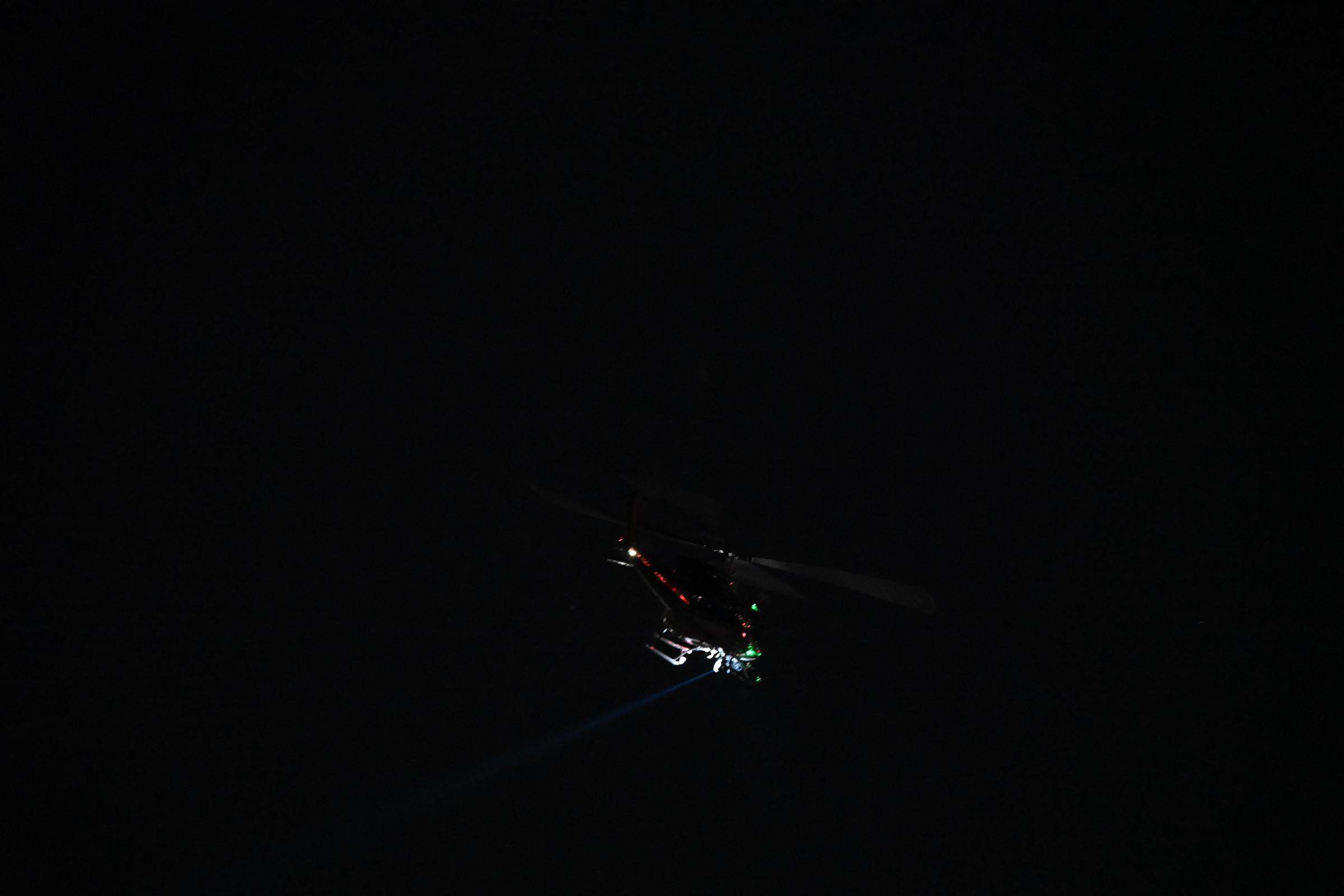
A helicopter flying over the scene area after a regional plane collided in midair with a military helicopter and crashed into the Potomac River, on January 30, 2025. | Source: Getty Images
However, the helicopter did not move, raising questions about whether the pilot had identified the correct plane.
Divers searched the Potomac River on Thursday, recovering 27 bodies from the plane and one from the helicopter before suspending operations due to dangerous conditions.